You might have noticed varicose veins, those swollen and twisted lines that appear beneath the skin. If you’ve seen them…
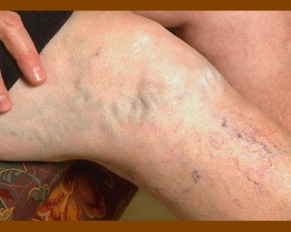

You might have noticed varicose veins, those swollen and twisted lines that appear beneath the skin. If you’ve seen them…

Ever notice those large, twisted veins on your legs? Those are varicose veins, and they develop when blood pools in…
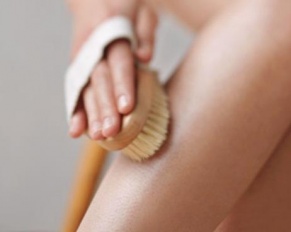
Varicose Veins or Spider Veins are common in men and women (20% of men and 40% of women get Venous…
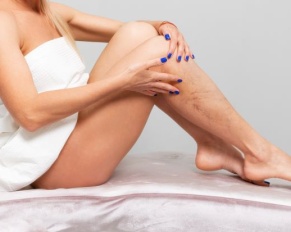
Phlebectomy is the removal of Varicose veins. Varicose veins are a condition that affects many people which, while typically not a very serious health issue, does affect the look of the skin and the quality of life of the patient. Some studies have shown that up to half of adult women in the United States and many men as well will experience varicose veins at some point. Over the years many different methods of treatment for varicose veins have been developed. Many people are turning to phlebectomy in New Jersey because it is an excellent procedure for the removal of varicose and other superficial veins. This treatment can be given by a physician at a vein center in New Jersey.
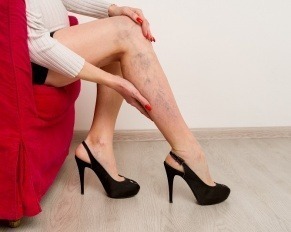
Smooth and healthy-looking skin is the goal of most people. Our skin is actually the largest organ in our bodies and we want it to look beautiful. Unfortunately, there are many unsightly conditions that can disrupt the appearance of our skin. Some of these can cause discomfort as well as affect the appearance. Varicose veins are a common condition that can give an unhealthy appearance and can be quite uncomfortable. Some studies have shown that up to half of adult women in the United States and many men will experience varicose veins at some point. There are many factors that lead to the development of varicose veins, ranging from genetic factors to lifestyle choices. Individuals with discolored and twisted-looking veins that are sometimes painful or itchy may be suffering from varicose veins. Varicose veins are typically not a serious condition and there are a number of treatment options available. Those with this condition can easily get a varicose vein treatment from a vein center in New Jersey. Treatments for this condition are typically fast and relatively painless. There are many different options available to suit different patients and different levels of severity.
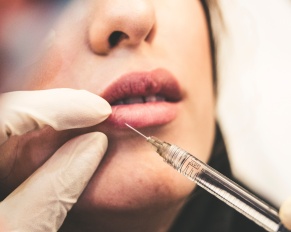
People often say, “summer bodies are made in the winter.” Instead of letting the cold and gloomy winter weather get…

What are varicose veins? Varicose veins appear as twisted, enlarged blue veins that lay right under the skin’s surface. Varicose…
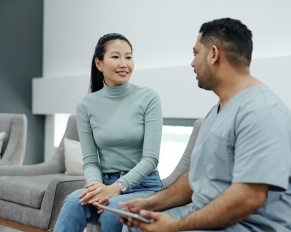
If you’ve been plagued by spider veins, varicose veins, or other vein problems for some time, you should do something about them before things get more serious. The more time you spend thinking about your veins instead of treating them, the greater your chance of developing complications such as deep vein thrombosis, which can be life-threatening.
Whether you’re experiencing pain from bulging veins, or they are just generally unsightly, it’s important to find an experienced vein specialist whom you can trust. Having a qualified, capable, and knowledgeable venous disease specialist is essential to improving your vein health. For this reason, we’ve put together five of the most important questions to ask your vein doctor prior to treatment.
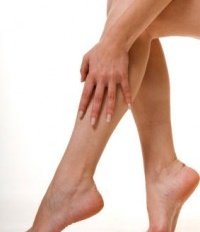
Varicose veins, a common vascular condition, significantly impact the elderly population. Approximately 50 percent of women and 40 percent of…

When most people hear the term varicose veins, they automatically think that it means because you have varicose veins that they are only present in your legs. However, you might be surprised to know that varicose veins are present in other parts of your body as well. There are a few different types of varicose veins and many different options to get rid of each one of these types depending on the vein itself, type of varicose vein, the colors, sizes, etc. Below, we will be talking about all types as well as treatment for each one available.